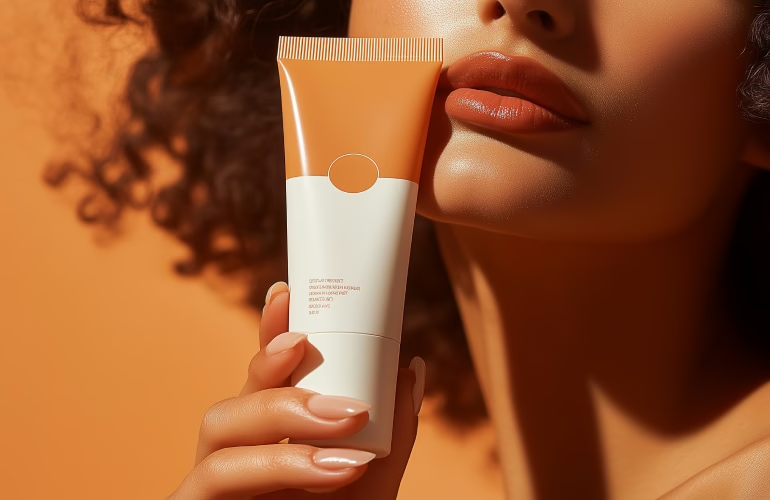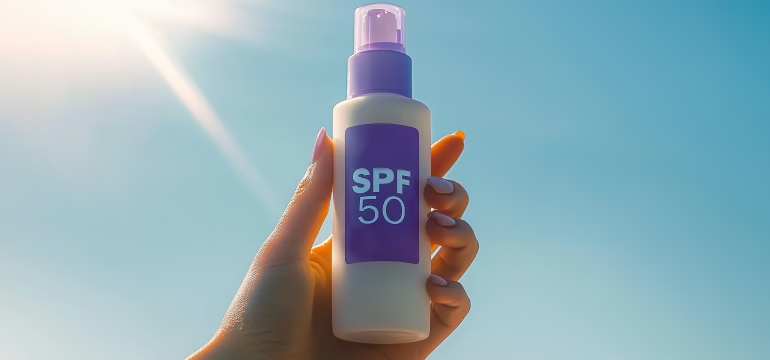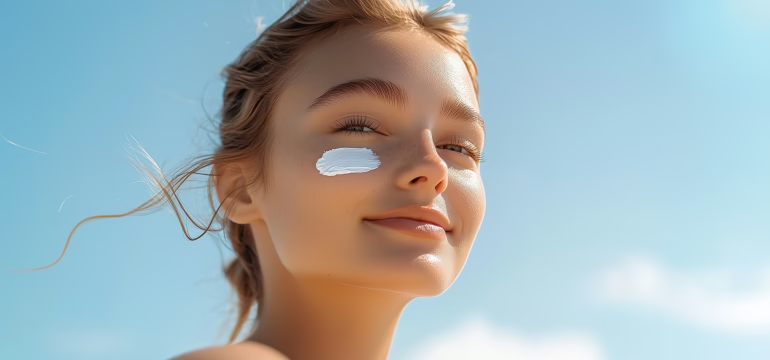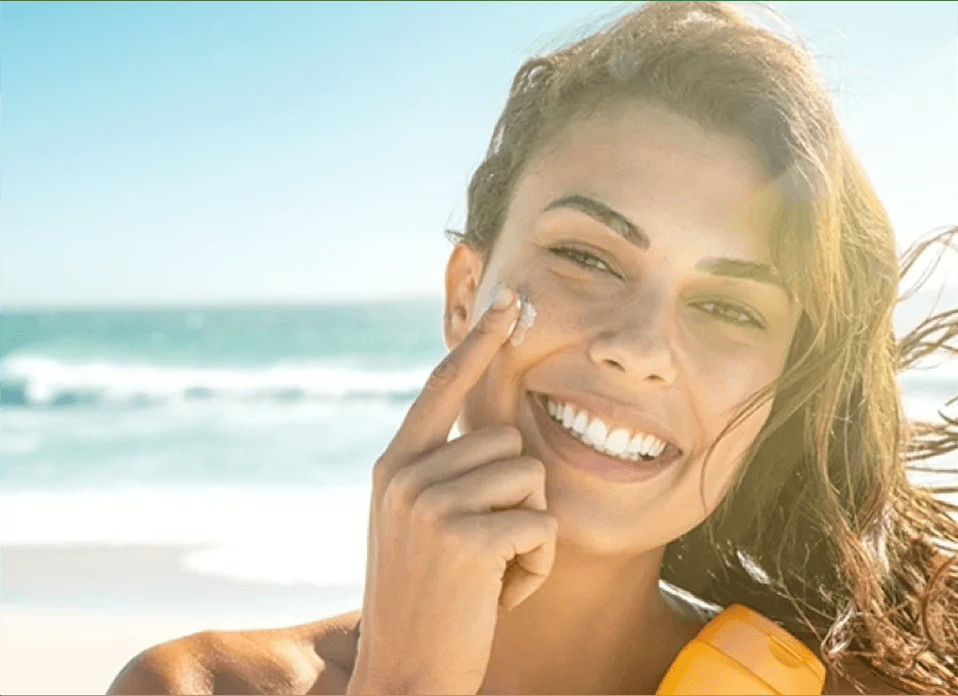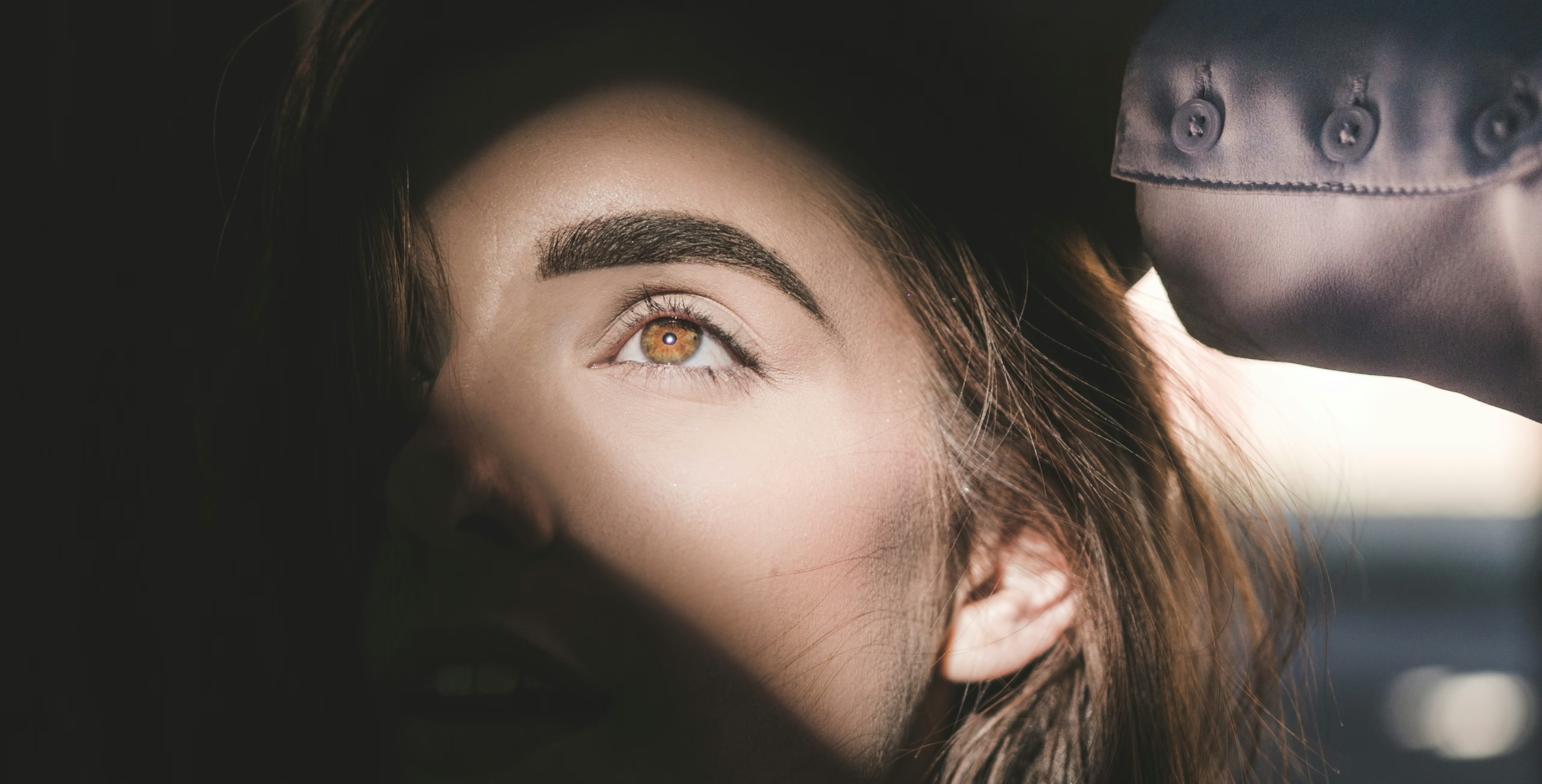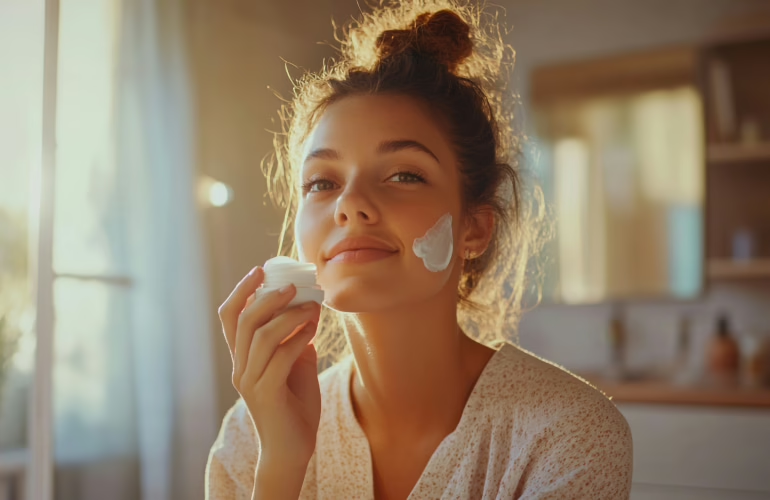Advertising Disclosure
Understanding Sunscreen: Why It’s Essential for Skin Protection
Everyone dreams of having a stunning olive tan, but few people think about protection. Today, we will talk about the best sunscreens. They are the final steps to achieve your perfect tan. UV rays are harmful to epidermis upper layers. Using sunscreen is simply necessary. You must take preventive measures in advance. Start early to maintain healthy skin as you age and you will be able to enjoy an olive tan without any negative consequences.
Choose the right products. Your skin will shine with youth and a healthy summer glow. Inadequate protection can have serious consequences that range from visible signs of aging to life-threatening conditions. The perfect options come in various forms. They meet different needs. Each offers unique benefits. You must find the right product for adequate protection. Let’s get ready to protect your skin before sunbathing.
Key Ingredients in Sunscreens: What to Look For
Few people pay attention to the composition of a cosmetic product before buying it. They rely on advertising or advice from friends. This is the wrong approach. It is important to understand the meaning of each ingredient. There are essential ingredients to look for in what is the best sunscreen:
- Zinc Oxide: This component has gentle, broad-spectrum protection. It is a mineral ingredient on top of the skin. It deflects UVA and UVB rays. Zinc Oxide is ideal for sensitive types. This is less likely to irritate. Zinc Oxide is often used in sunscreens for children.
- Titanium Dioxide: This is another mineral blocker. Titanium Dioxide provides UV protection without penetrating the skin. It’s commonly combined with zinc oxide for enhanced coverage. This makes it perfect for those who prefer physical sunscreens.
- Avobenzone: Such an ingredient is a chemical filter. This provides excellent UVA protection. Avobenzone may require stabilizing ingredients to prevent it from degrading in sunlight. Look for types of sunscreens that include stabilizers or are labeled “broad-spectrum.”
- Octinoxate: Such a component is often used to absorb UVB rays. It helps prevent sunburn. Octinoxate is a common ingredient in chemical SPF protection. It can be unpleasant for sensitive skin. Patch testing is recommended.
- Hyaluronic Acid: This ingredient locks hydration. This helps keep skin plump and smooth. It is especially beneficial for people with dry or mature types. They need a hydrating sunscreen.
- Vitamin E: This element has antioxidant properties. Vitamin E helps protect skin cells from free radical damage. This is usually caused by UV exposure. Vitamin E supports skin repair. It can be soothing.
Select the best sunscreen with these key ingredients. It can significantly affect your protection and health.
Chemical vs. Physical (Mineral) Sunscreens
There are different types of UV protection — chemical and physical (mineral). Each has unique ingredients and mechanisms of action. Let’s begin with chemical creams that absorb UV rays and convert them into heat. Then, this is released from the skin. Common active ingredients are oxybenzone, avobenzone, and octinoxate.
There are the pros of chemical sunscreen:
- Lightweight and invisible: They are often easier to apply. Such sun protection doesn’t leave a white residue. It makes them ideal for daily wear under makeup.
- Higher SPF options: Chemical sun protection can achieve higher SPF levels. They provide more intense protection.
- Non-greasy: They tend to have a smooth texture. Such sunscreens are quickly absorbed into the skin.
Now, we will explore the cons of chemical creams. They will help you to manage which sunscreen is the best. Here they are:
- Potential irritation: Certain ingredients can irritate sensitive skin or cause allergic reactions.
- Environmental concerns: Some chemicals are oxybenzone. They have been linked to coral reef damage and other environmental issues.
- Absorption into the skin: Some ingredients may penetrate it. They raise concerns about hormone disruption.
Physical (mineral) sunscreens sit on top of the skin. They physically block or scatter UV rays. Active ingredients include zinc oxide and titanium dioxide.
There are the pros of physical (mineral) sunscreens. Let’s explore:
- Immediate protection: They work right away, unlike chemical sunscreens and need time to absorb.
- Gentle on sensitive skin: They are less likely to irritate. It makes them a good option for those with sensitive or reactive skin.
- Broad-spectrum protection: Offers reliable protection against UVA and UVB rays.
- Reef-safe: They are considered safer for the environment.
Let’s explore the cons of physical (mineral) sunscreens:
- White cast: They can leave a visible residue on the skin, especially on darker skin tones.
- Thicker texture: They may feel heavier and harder to blend in.
- Frequent reapplication: May need to be reapplied more often during physical activities.
Active Ingredients to Seek and Avoid
When choosing a sunscreen, you should understand the active ingredients. They can help you select the right product for your skin type and needs. Here are active ingredients to seek:
- Zinc Oxide: A mineral sunscreen ingredient that provides broad-spectrum protection. It reflects UVA and UVB rays. This is ideal for sensitive skin and the best everyday sunscreen. It is key for those seeking natural protection.
- Avobenzone: This is a chemical sunscreen. It provides effective protection against UVA rays. Avobenzone contributes to premature aging and skin cancer.
- Octinoxate: Such a chemical sunscreen absorbs UVB rays. It prevents sunburn. Often found in combination with other active ingredients. They will provide broader protection.
- Titanium Dioxide: This is another mineral sunscreen. It protects against UVA and UVB rays. Titanium dioxide is also gentle. This is also less likely to irritate. It makes it suitable for sunscreen for all skin types.
What ingredients should you avoid for sensitive skin? Let’s discuss:
- Fragrance: This can irritate and cause allergic reactions, especially for sensitive skin. Opt for fragrance-free sunscreens for more gentle protection.
- Certain Alcohols: Isopropyl and ethanol can be drying and irritating. It leads to redness or flare-ups. Choose sun protection that uses cetyl alcohol.
Choosing the Right SPF: What You Need to Know
We will explore how to choose the right sunscreen. SPF (Sun Protection Factor) is a measure of its effectiveness in protecting from UVB rays. This is the type of UV light. It causes sunburn. UVB contributes to skin cancer. SPF indicates how much longer you can stay in the sun without burning. How does it correlate with sun protection? Let’s talk about this:
- SPF 15: It blocks about 93% of UVB rays.
- SPF 30: This sunscreen blocks about 97%.
- SPF 50: It blocks about 98%. Higher levels provide slightly more protection.
- No sunscreen: This can block 100% of UV rays. Reapplication every 2 hours is essential for maximum protection.
Let’s discuss the recommended SPF level, based on skin type and exposure. Here are important aspects:
- Fair (prone to burning): SPF 30-50 are best for people who burn easily. These people require higher SPF for better protection against sun damage.
- Medium to Olive (tans easily): SPF 15-30 is sufficient for people with such skin tones to tan without burning. Higher SPF is still beneficial for prolonged exposure.
- Dark Skin (rarely burns): SPF 15-30 is enough for such people. Sun protection is still necessary. It prevents long-term skin damage.
How to choose sunscreen? The decision is based on exposure level. Let’s explore:
- Daily Use: SPF 15-30 is sufficient.
- Extended Outdoor Activity: Choose SPF 30-50. Opt for water-resistant formulas.
- High Altitudes or Tropics: SPF 50 or higher is ideal for these conditions. This is because UV rays are stronger.
Consider your skin type and the level of sun exposure. This is chemical or physical. Choose mineral ones for prolonged outdoor activities or sensitive skin.
Broad-Spectrum Protection: Why It Matters
A sunscreen must protect skin against UVA and UVB rays. These are the two types of UV radiation from the sun. They can harm your skin in different ways. Here are types of sunscreen for the face:
- UVA: These rays are responsible for wrinkles, fine lines, and cancer. They penetrate deeper into the derma. UVA rays are present year-round. This happens even on cloudy days or in winter.
- UVB: Such rays cause sunburn and may develop skin cancer. UVB rays are stronger in the summer and at higher altitudes. They can also cause damage year-round.
Why is broad-spectrum skin protection so crucial? Let’s discuss:
- Prevents Skin Aging (UVA Protection): Such rays contribute to premature aging. They break down collagen and elastin fibers. UVA rays are leading to wrinkles and sagging. Broad-spectrum sunscreens help protect against this damage. They keep your skin youthful.
- Reduces Risk of Skin Cancer (UVA and UVB Protection): These rays can cause DNA damage in cells and can lead to skin cancer. By blocking types of rays, broad-spectrum protection lowers the risk.
- Comprehensive Protection: Many sunscreens block UVB rays. They leave you vulnerable to UVA damage. Broad-spectrum sunscreen ensures you are 100% protected against all harmful rays.
- Skin Health Maintenance: Regular use of broad-spectrum sunscreen. It helps to maintain sunscreen skin health. It prevents sunburn and long-term issues. They are wrinkles or skin cancer.
Choose sunscreens labeled as broad-spectrum. Ensure you’re getting protection from UVA and UVB rays. Remember to apply generously and reapply every two hours. Do it especially when swimming or sweating. Opt for broad-spectrum protection.
Understanding Water Resistance in Sunscreens
Water resistance means the product maintains its SPF protection for a specified time. This is usually 40 or 80 minutes while you’re in the water. No sunscreen is truly waterproof, so reapplication is essential.
Why is replication important? Let’s consider:
- Loss of Effectiveness: Water-resistant products can wash off after swimming or sweating. Reapply every 2 hours for continuous protection.
- Increased UV Exposure: Water reflects UV rays, intensifying exposure. Reapplication helps ensure adequate defense against skin damage.
- Sensitive Areas: Faces, shoulders, and ears are more prone to sunburn. They require more frequent reapplication.
For the best type of sunscreen during swimming, choose a water-resistant formula. It has SPF 30 or higher. Reapply regularly for optimal protection.
Selecting Sunscreen for Different Skin Types and Conditions
You should choose the right sunscreen. This is based on your skin type and any underlying conditions. Here are key aspects:
- Oily: Opt for oil-free, non-comedogenic sunscreens. They avoid clogging pores. Gel-based or water-based formulas work best.
- Dry: Choose a sunscreen with hydrating ingredients. These are glycerin or hyaluronic acid. Look for sunscreen with creamy formulas nourishing the skin.
- Combination: A matte finish or lightweight lotion sunscreen will balance oiliness. This is without over-drying the skin.
- Sensitive: Opt for physical (mineral) sunscreens. They contain zinc oxide or titanium dioxide. Such creams are less likely to irritate.
How to choose sun protection for different skin conditions? Let’s explore:
- Acne: Choose oil-free and non-comedogenic sunscreens. Don’t buy heavy, pore-clogging products.
- Eczema: Use sunscreens that are fragrance-free, it suits sensitive skin.
- Rosacea: Choose sunscreens with mineral ingredients. Avoid chemical filters that may cause irritation.
Tips for Proper Sunscreen Application and Usage
We will help you to ensure maximum sun protection. Follow these best practices for sunscreen application:
- Amount: Use 1 ounce (about a shot glass full) for your body. Add 1 teaspoon for your face.
- Timing: Apply sunscreen 15-30 minutes before sun exposure. Allow it to fully absorb and start working.
- Reapplication: Reapply every 2 hours and after swimming or sweating. UV protectors wear off over time. It needs to be refreshed for continuous protection.
Combine SPF protection with other sun protection measures. including:
- Clothing: Wear protective wide-brimmed hats and sunglasses. They will limit direct sun exposure.
- Shade: Seek it during peak sun hours (10 a.m. to 4 p.m.). This time, UV rays are strongest.
- Avoid Direct Sun: For comprehensive protection, use sunscreen for all skin types. Do it alongside shade and clothing.
Conclusion: Making Informed Choices for Healthy Skin
You must choose the suitable sunscreen. Your decision must be correct. Consider your skin type, activities, and sun exposure. Don’t forget about SPF, water resistance, and ingredients. The best sunscreen must be tailored to your needs. For personalized guidance and the latest tips, follow us. ShopperAdvocate will find the best option. Choose a sunscreen that’s right for your skin type and lifestyle to maintain healthy, protected skin.
